Perovskites have been a hot research topic for the past 10 years, but we think we really have something here that can move us forward.
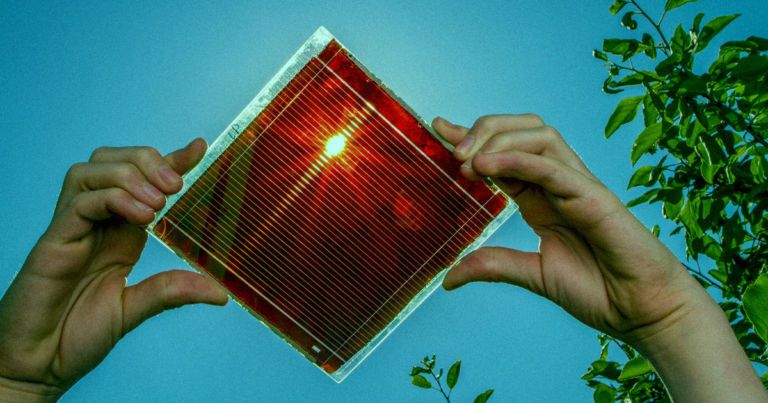

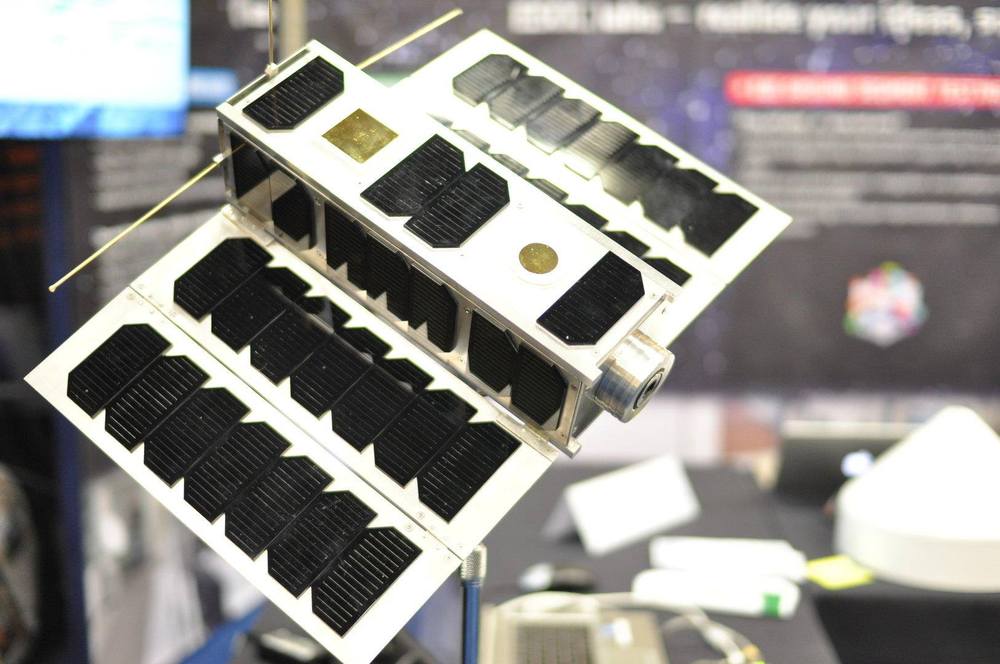
Calling all radio amateurs! We’re challenging anyone with amateur radio equipment to catch the first signals from #OPS –SAT, ESA’s brand new space software lab. On 17 December, OPS-SAT will be launched into space with ESA’s #Cheops exoplanet satellite.
Once launched, the satellite will deploy its solar panels and ultra-high frequency antenna, and then start to send signals back home. Could you be the first on Earth to catch them? ESA’s mission control team in Darmstadt are asking for your help to find the fledgling #CubeSat 👉 http://www.esa.int/Enabling_Support/Operations/Calling_radio_amateurs_help_find_OPS-SAT
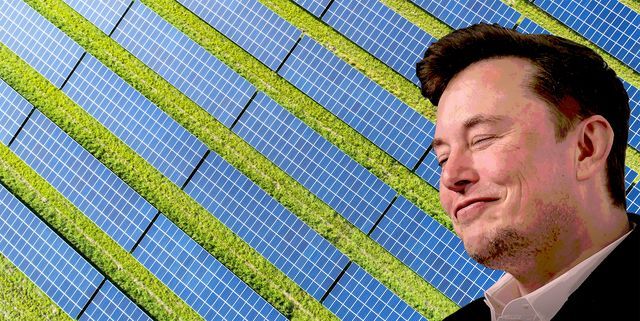
Elon Musk has revived his idea to power the entire U.S. with one single, giant solar farm. In a recent tweet evidently directed at fellow mega-billionaire Bill Gates, Musk insinuated that his grand solar plan is actually quite simple (hat-tip to Inverse):
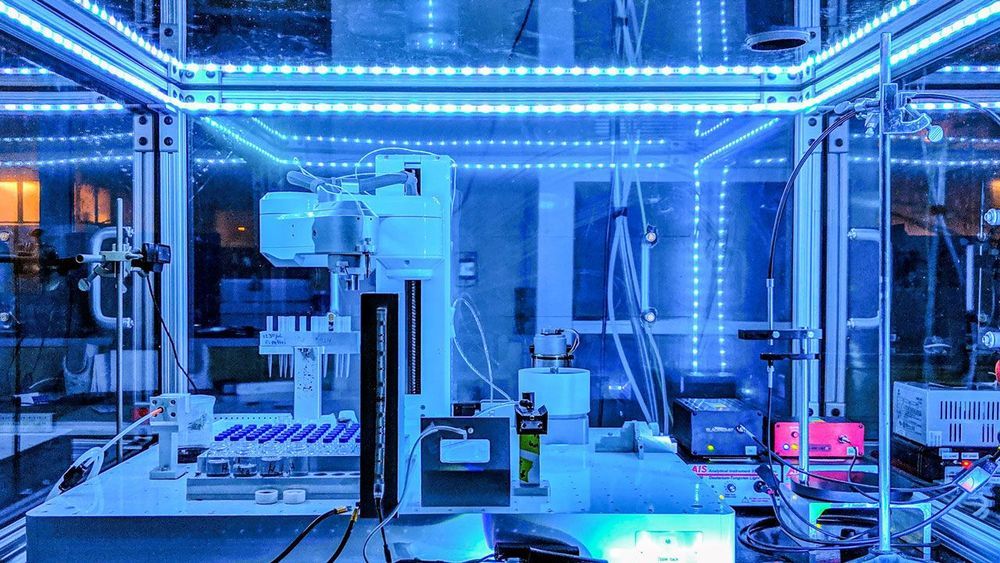
Decision-making algorithms transform how automated systems evaluate and synthesize novel compounds.
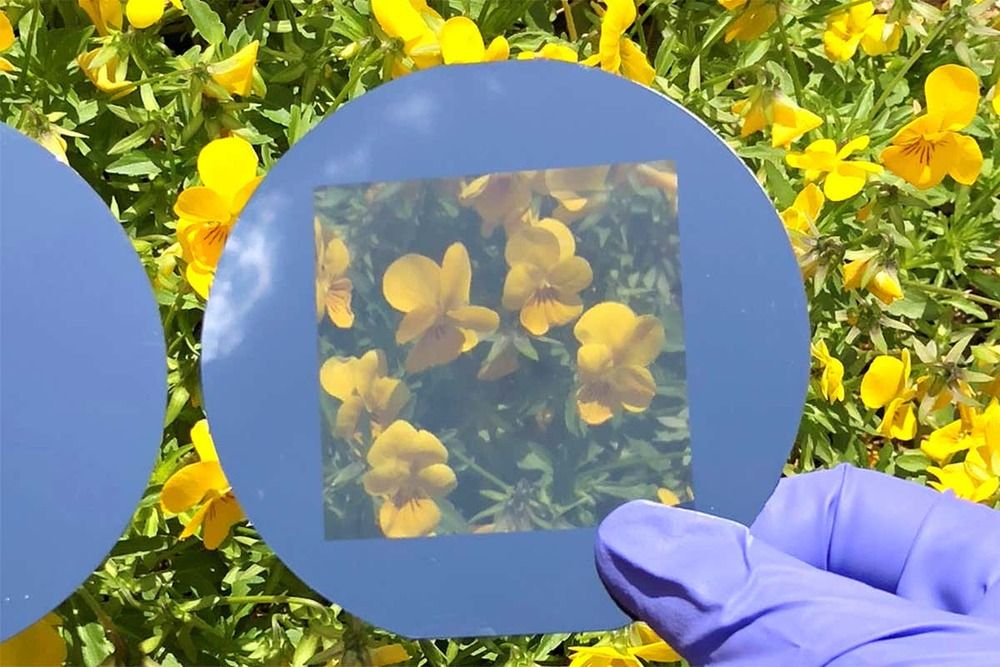
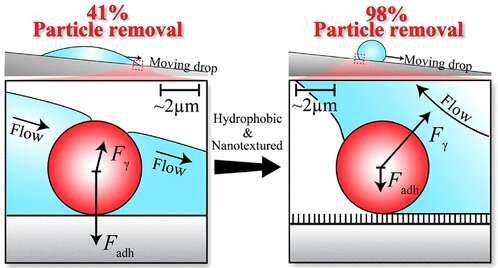
Taking a cue from the self-cleaning properties of the lotus leaf, researchers at Ben-Gurion University of the Negev have shed new light on microscopic forces and mechanisms that can be optimized to remove dust from solar panels to maintain efficiency and light absorption. The new technique removed 98 percent of dust particles.
In a new study published in Langmuir, the researchers confirmed that modifying the surface properties of solar panels may greatly reduce the amount of dust remaining on the surface, and significantly increase the potential of solar energy harvesting applications in the desert.
Dust adhesion on solar panels is a major challenge to energy harvesting through photovoltaic cells and solar thermal collectors. New solutions are necessary to maintain maximum collection efficiency in high dust density areas such as the Negev desert in Israel.
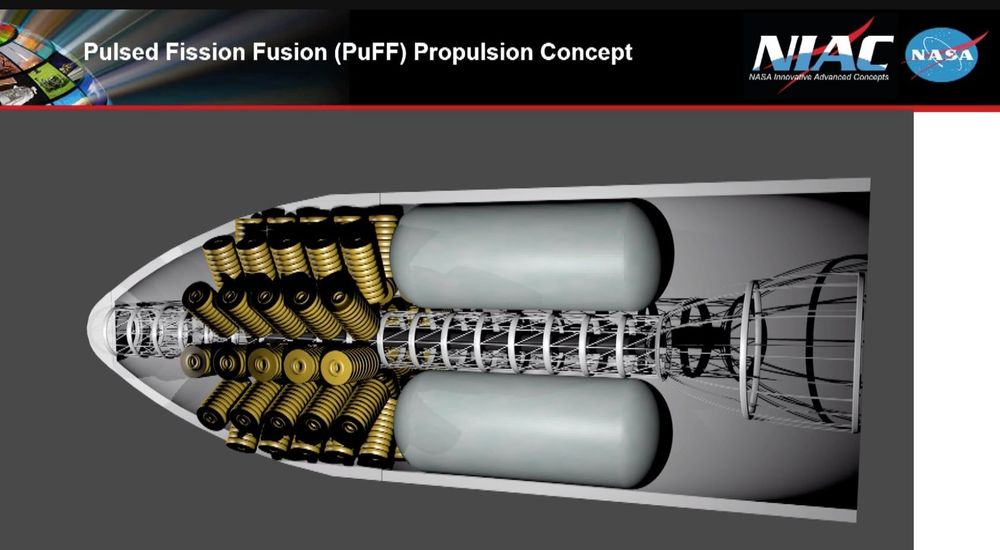
Robert Adams updated the work on a phase 2 Pulsed Fission-Fusion (PuFF) Propulsion Concept. Robert works at the NASA Marshall Space Flight Center. This system should be able to achieve 15 kW/kg and 30,000 seconds of ISP. This will be orders of magnitude improvement over competing systems such as nuclear electric, solar electric, and nuclear thermal propulsion that suffer from lower available power and inefficient thermodynamic cycles. Puff will meet an unfilled capability needed for manned missions to the outer planets and vastly faster travel throughout the solar system.
A tiny lithium deuteride and uranium 235 pellet will be fired into a shell of structure that will complete a circuit and generate high voltages and pressures that will compress the pellet and cause fission and fusion to occur.

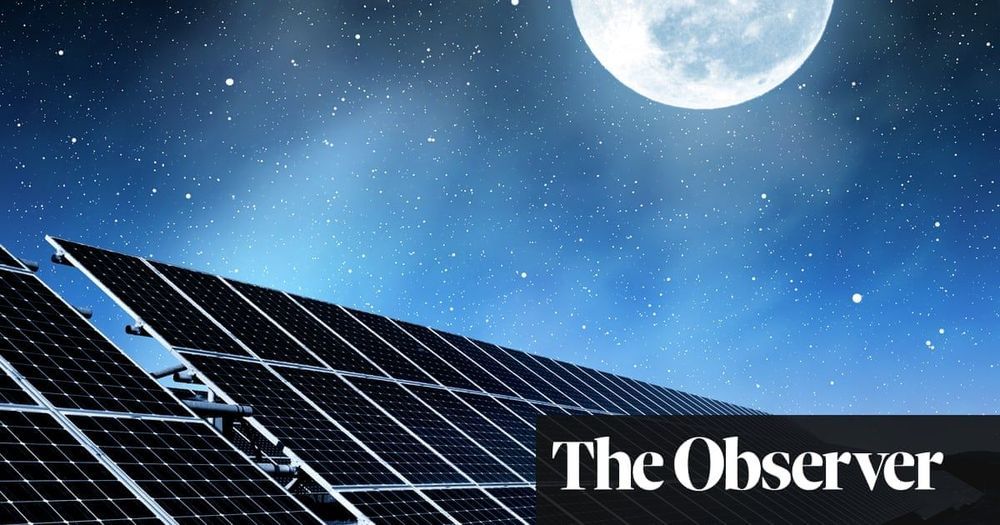

Researchers from the University of Houston have reported a new device that can both efficiently capture solar energy and store it until it is needed, offering promise for applications ranging from power generation to distillation and desalination.
Unlike solar panels and solar cells, which rely on photovoltaic technology for the direct generation of electricity, the hybrid device captures heat from the sun and stores it as thermal energy. It addresses some of the issues that have stalled wider-scale adoption of solar power, suggesting an avenue for using solar energy around-the-clock, despite limited sunlight hours, cloudy days and other constraints.
The work, described in a paper published Wednesday in Joule, combines molecular energy storage and latent heat storage to produce an integrated harvesting and storage device for potential 24/7 operation. The researchers report a harvesting efficiency of 73% at small-scale operation and as high as 90% at large-scale operation.